March 29, 2021
It’s not good enough to simply design an attractive car – you also have to comply with regulations, sell it and make a profit to cover the astronomical costs involved.
Developing a new model starts at around US$1 billion. In fact, VW estimates a new generation of Golf models cost around US$1.2 billion.
Developing an entirely new car on a new platform – up to US$6 billion.
It’s no wonder they can make or break careers and companies.
Car design key points:
- Design process: Predicting trends
- Design process: Manufacturing
- Design process: Regulation compliance
- The Beltline
- Light Signatures
- Overhangs
- The Greenhouse
Car designers are often labelled as ‘artists’. Here’s why.
Firstly, the car design process
Designers begin the long road to selling a car years before consumers get behind the wheel. On paper, the goal is to predict future trends, cost-effective manufacturing designs and compliance with global standards.
Predicting future trends
“They draw great public interest and extensive press coverage – a win when you’re releasing a new car design.”
When an all-new model comes out, it’s not uncommon to be met with mixed emotions. Design teams spend considerable time looking at and comparing ideas and past to present trends. If a new release looks strange, it’s often the team’s take on where trends are (hopefully) heading.
Below is the recently launched 2021 BMW 4 Series. The cartoonishly large nostril-like grille came as a shock to many.
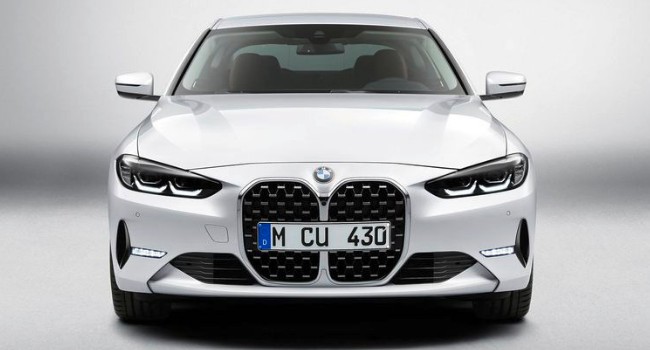 (The new BMW giant grille is an acquired taste)
(The new BMW giant grille is an acquired taste)
Comparing the grille to a 2016 BMW 4 Series below, there’s a big difference. But, as bold designs are acquired tastes, hopefully for BMW, buyers will grow to like it.
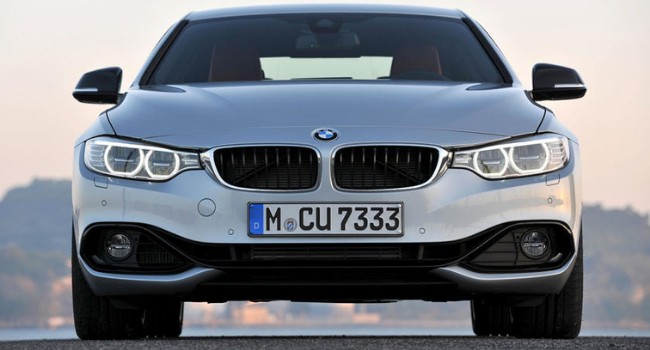 (2016 BMW 4 Series. Source: carbuzz.com)
(2016 BMW 4 Series. Source: carbuzz.com)
Although a bold move in the car world, new cars with questionable features often receive praise after initial shock reactions. They draw great public interest and extensive press coverage – a win when you’re releasing a new car design.
Some past bold car designs have changed the shape of the auto industry and are still evident today.
Cost-effective manufacturing
Manufacturing is a major concern. Factories need to ‘retool’ to accommodate new panels and components – another large expense.
Sometimes, manufacturers put certain parts in the ‘too hard / too expensive’ basket. These parts are often produced by third-party manufacturers and will need to survive cost-effective transportation.
Compliance with global standards
Car designs are bound by safety regulations in the markets they serve. More diversification and compliance with more standards allows brands to sell cars in more markets. Often, they’ll meet the most stringent laws in a large market like the US, China or the EU, then make slight changes as per regulations in smaller countries.
For example, US law mandates that car boots must have an internal release in case someone gets stuck (or forced) inside. Manufacturers add internal book releases to suit US laws or sometimes install dividers inside boots to reduce the size.
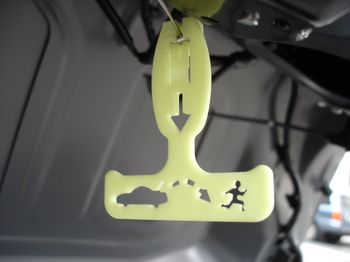 (An internal boot release in a US vehicle)
(An internal boot release in a US vehicle)
Furthermore, most countries stipulate that vehicles have minimal sharp edges in order to reduce injury to pedestrians upon an impact. This law helped phase out pop-up headlights.
- Did you know? The last vehicle to come with pop-up headlights was the 2004 Chevrolet Corvette. When in their popped-up mode, these headlights make sharp protrusions which are a danger to pedestrians in the event of an accident.
US laws, among other countries, also require vehicles to have an illuminated rear light surface on a fixed body panel. This is why most taillights aren’t fitted to boot lids, or if they are, they’ll have an additional light section on fixed panels.
Among other reasons, the cost of tweaking designs can outweigh the chance of sales in some countries which is a reason why Australia misses out on some unique cars.
Failing to comply can result in a vehicle being deemed unfit for sale to the public – not ideal when you’ve spent over a billion dollars in development.
Car design intricacies and what they mean
Beltline
A car’s beltline, sometimes called the ‘belt’, is the midsection of a car extending along the bottom of the window line. Typically the beltline will appear descending to the front lights, this can give a more sporty or aggressive look along with a clearer driving position.
Keeping the beltline close to the tops of the wheels is often suited to sports cars, whereas a higher beltline matches an SUV.
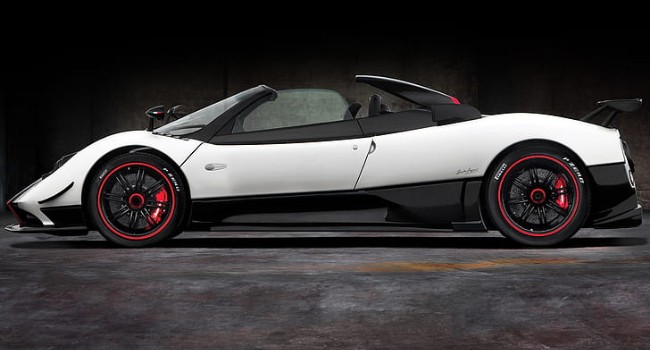 (“It looks like it’s doing 200 km/h standing still”. A Pagani Zonda with its low, angled beltline. Yours for $3 million)
(“It looks like it’s doing 200 km/h standing still”. A Pagani Zonda with its low, angled beltline. Yours for $3 million)
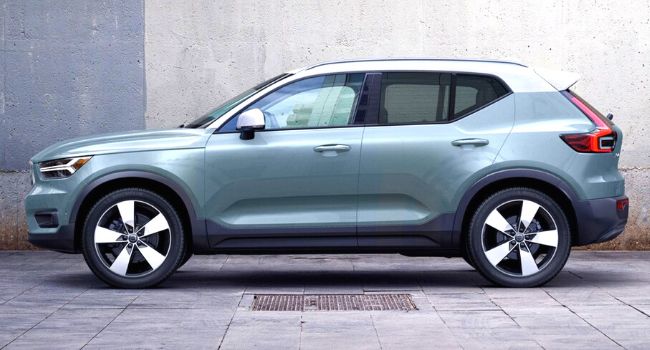 (The Volvo XC40 has a high, slightly angled beltline, typical of SUVs. Yours for much less then $3 million)
(The Volvo XC40 has a high, slightly angled beltline, typical of SUVs. Yours for much less then $3 million)
Light Signature
“…some cars look like they have a face – it’s no accident.”
This car design has become much more prevalent with LED light technology. Until a decade or so ago, the light signature referred to distinctive taillight designs but with LED front running lights, many car designs feature unique headlights too.
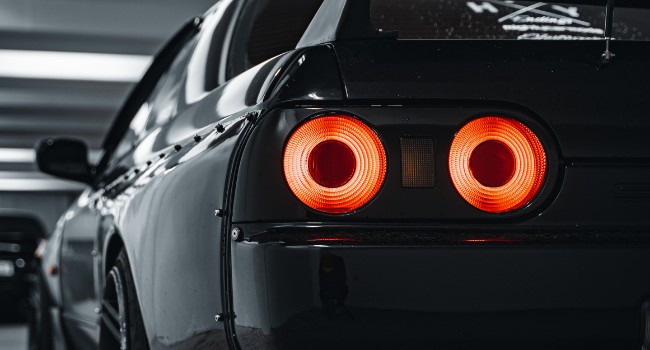 (The unmistakable and iconic Nissan Skyline taillights, sometimes called ‘hot plate lights’.)
(The unmistakable and iconic Nissan Skyline taillights, sometimes called ‘hot plate lights’.)
Light signatures aren’t going away anytime soon. For example, the new Porsche Taycan and its full-width rear light bar give it a unique light signature.
 (You’ll know if you’re behind one: The rear light signature of a Porsche Taycan)
(You’ll know if you’re behind one: The rear light signature of a Porsche Taycan)
Cars of the 2010s adopted a more aggressive, angry or ‘keen’ look. Many vehicles still stick to this trend. Some headlights really add to the look.
 (‘Angry’ headlights on a BMW)
(‘Angry’ headlights on a BMW)
It doesn’t end there.
You’ve likely noticed that some cars look like they have a face – it’s no accident. Car designers have, for a long time, known that people like cars that ‘kind of’ look like us. ‘Kind of’ meaning that too similar to a human face and it won’t get a good reception. The same being said for anything too ‘un-human’.
 (The Mazda MX-5 is well known for its facial features, some say a little too much.)
(The Mazda MX-5 is well known for its facial features, some say a little too much.)
On the other hand, a car design that went too far the other way, is the Pontiac Aztek, which did not sell well. One of its flaws that critics were quick to point out was its controversial front end design, unrelatable to humans with its headlights and grille.
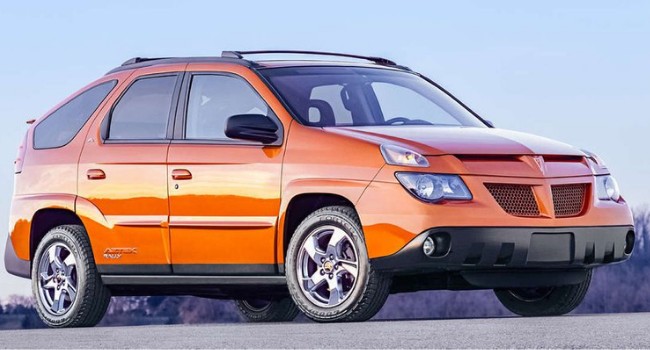 (The poor-selling Pontiac Aztek)
(The poor-selling Pontiac Aztek)
Overhangs
The part of a vehicle that follows forward of the front wheels and behind the rear wheels. Front and rear overhangs can dramatically change the appearance of a car.
Often a short front overhang gives the impression of off-road ability as the front wheels have a ‘strong attack angle’. A longer front overhang is typical of sedans and sports cars, sometimes limiting a vehicle’s ability to clear driveways and dips in the road.
 (The Jeep Wrangler with its minimal front overhang)
(The Jeep Wrangler with its minimal front overhang)
If you’ve ever heard your car or another car scrape the road when negotiating a steep driveway, it’s a long front overhang to thank.
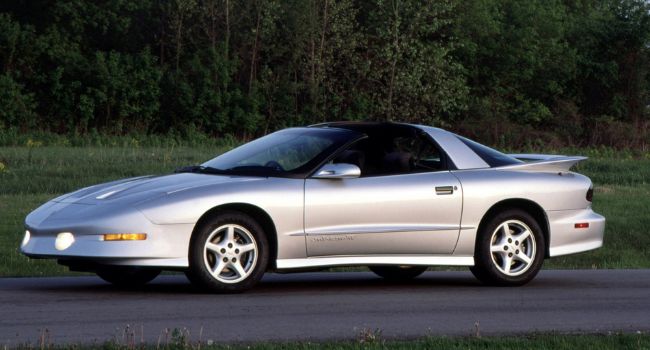 (No steep driveways for the 1993-97 Pontiac Trans Am and its long front overhang)
(No steep driveways for the 1993-97 Pontiac Trans Am and its long front overhang)
Most modern cars don’t have a long rear overhang either. These were more common on sedans of the 1960s with their large boots. Car designers aren’t fans of reverting back to old designs.
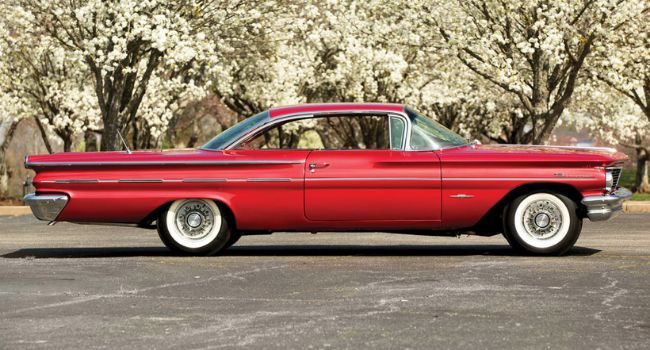 (A 1960 Pontiac Bonneville with its huge rear overhang. Source: autoevolution.com)
(A 1960 Pontiac Bonneville with its huge rear overhang. Source: autoevolution.com)
Greenhouse
Often when talking about cars, ‘greenhouse’ refers to emissions. However, it’s also a car design term.
A car’s greenhouse is basically the windows, pillars and roof. The pillars being the supports between windows, for example, the A-pillars between the windscreen and front windows. The B-pillars are usually between the front and rear side windows and C-pillars between the rear window and side rear windows.
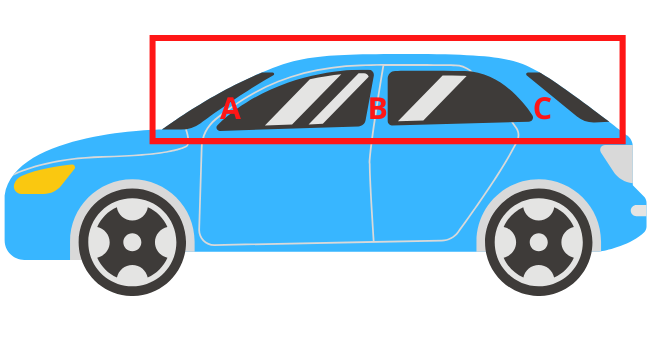 (A car’s greenhouse with labelled pillars)
(A car’s greenhouse with labelled pillars)
In recent decades, car designs have made greenhouses increasingly sleeker. The practical reason is greater side-impact protection and stronger pillars which offer more rollover protection. This again comes back to safety compliance.
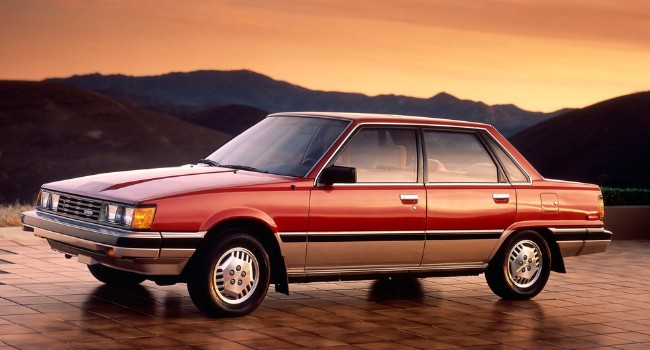 (The 1982 Toyota Camry featured a high greenhouse)
(The 1982 Toyota Camry featured a high greenhouse)
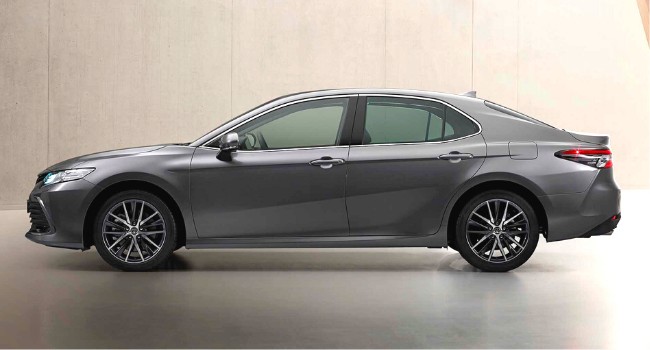 (Not so in the 2021 Toyota Camry which has a much sleeker greenhouse)
(Not so in the 2021 Toyota Camry which has a much sleeker greenhouse)
Don’t the larger pillars and sleeker greenhouses mean less visibility?
Yes, but the added safety outweighs a slightly smaller rearview. Technology is also solving the problem.
“Cars like the Audi E-Tron have rear-facing cameras instead of side mirrors which display on screens inside the vehicle.”
Parking sensors and reverse cameras are nothing new and with more modern driver-assist technology, the visibility issue that large pillars pose is also getting solved.
Lane-departure warning alerts drivers if they stray out of their lane and lane-keep assist can steer the car back to the correct position.
Pedestrian detection and Rear cross traffic alert also help prevent collisions by warning drivers of approaching traffic.
Some go a step further. Cars like the Audi E-Tron have rear-facing cameras instead of side mirrors which display on screens inside the vehicle.
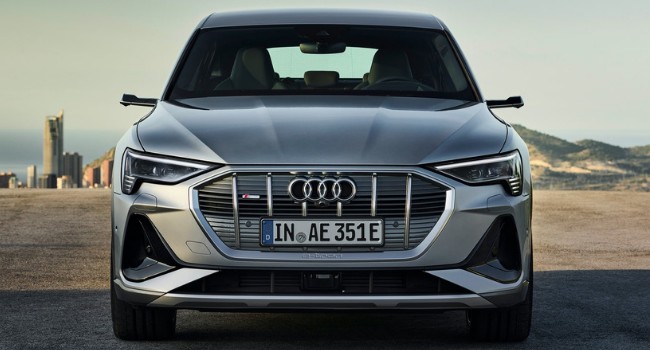 (The Audi E-Tron’s camera side mirrors are a sleek look. Source: carwow.co.uk)
(The Audi E-Tron’s camera side mirrors are a sleek look. Source: carwow.co.uk)
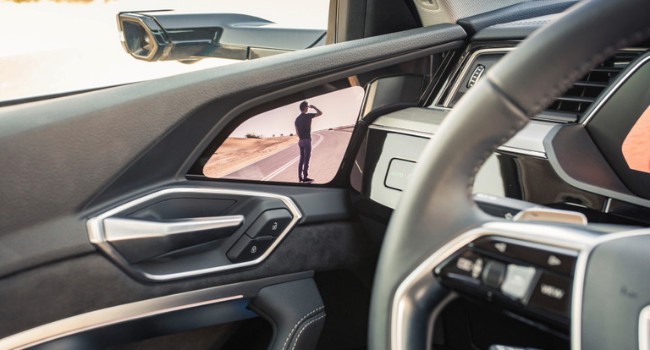 (More configurable than ‘analogue’ mirrors, door-mounted screens show what traditional side mirrors would. Source: thesun.ie)
(More configurable than ‘analogue’ mirrors, door-mounted screens show what traditional side mirrors would. Source: thesun.ie)
Keep a lookout for more innovative car designs
Although we’ve only touched on a few car design intricacies, there are countless more techniques that designers employ to catch attention.
For example, reflecting light and shadows, wheel-well design, stance and exhaust note all also play a role in driving sales.
If you’ve noticed your vehicle’s design is something of the past, OnlineLoans offers quick quotes to get more people into their next car quickly.
More info on car design.
Sign Up to the OnlineLoans.com.au Newsletter
Get offers, contests and promos delivered straight to you inbox
